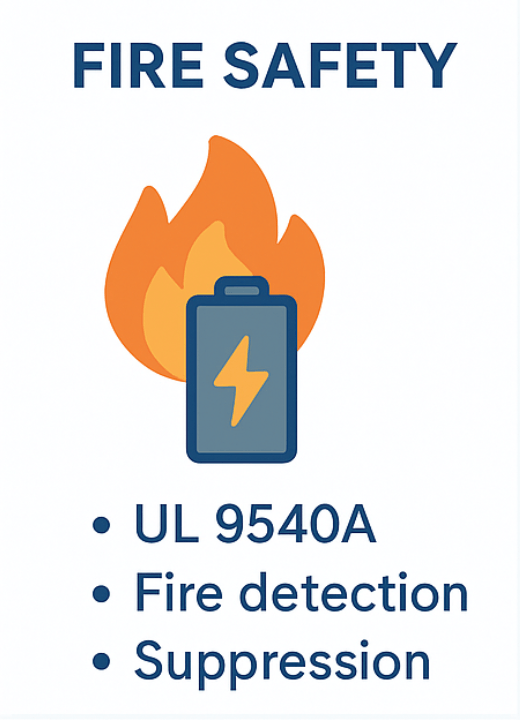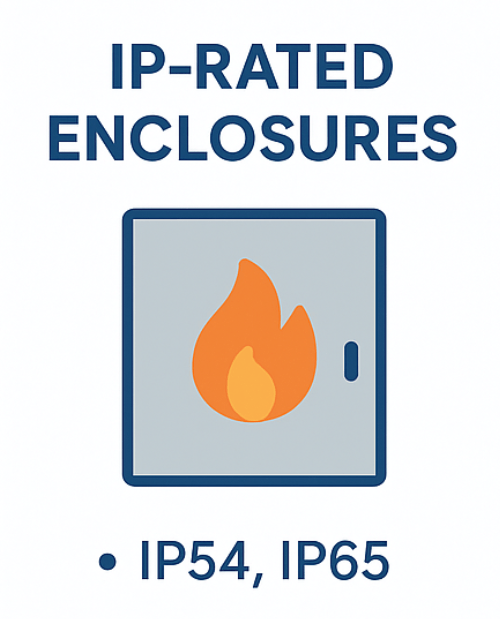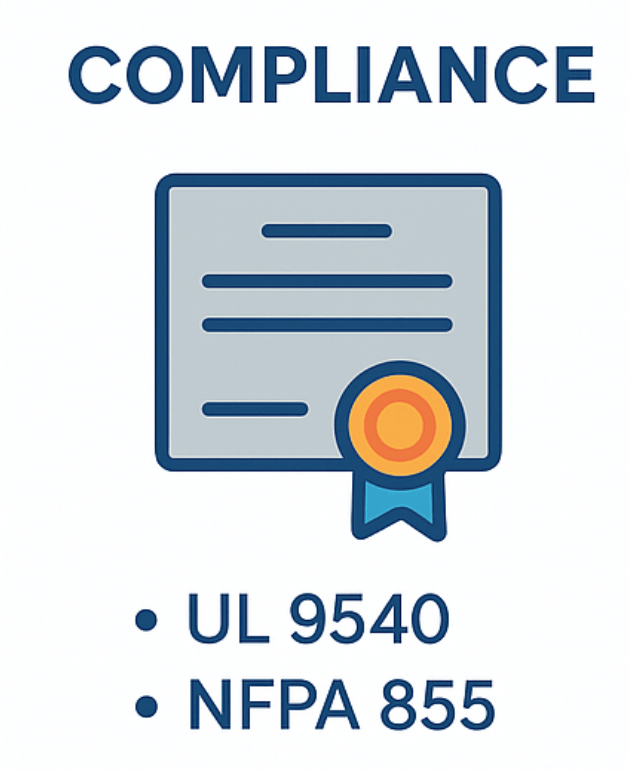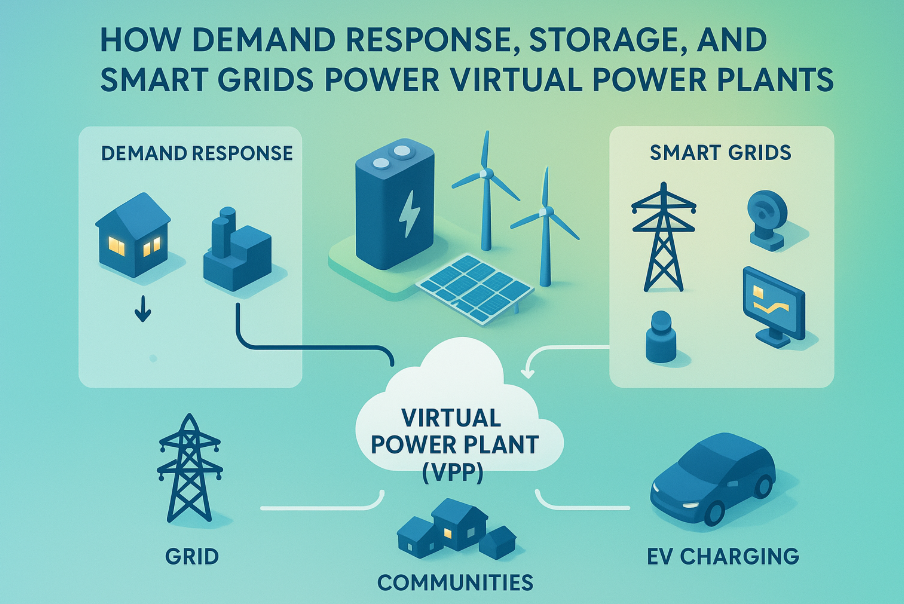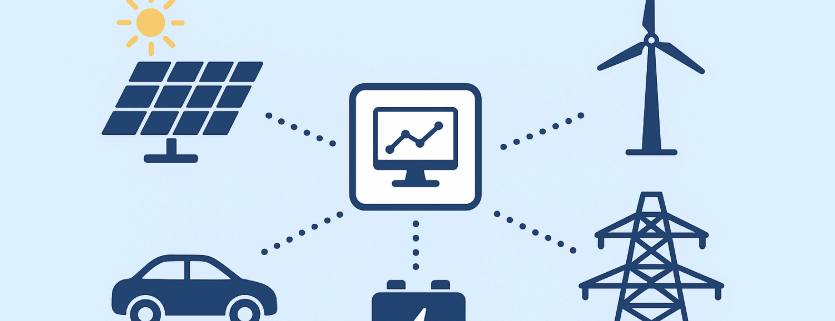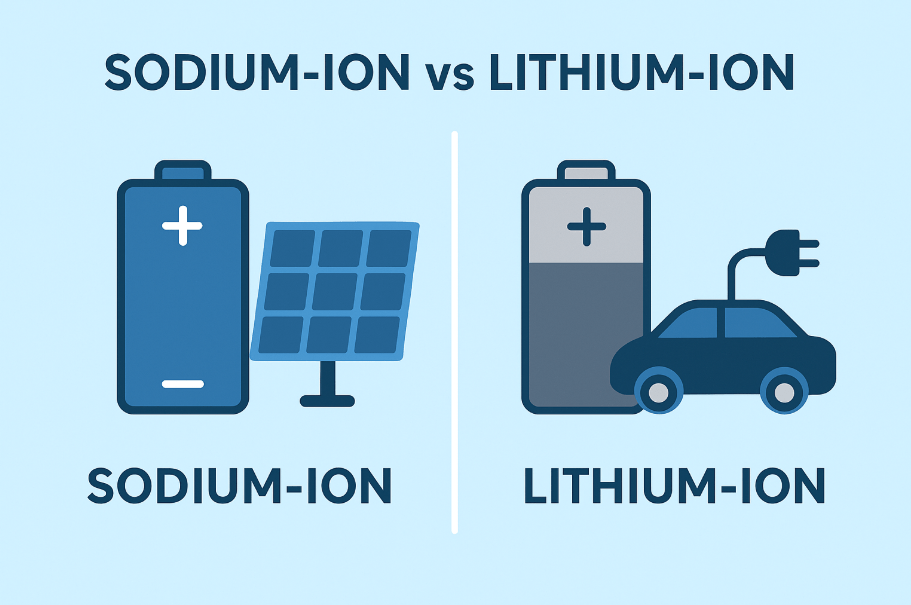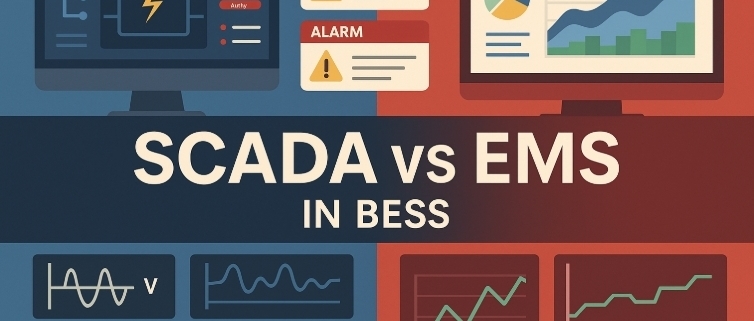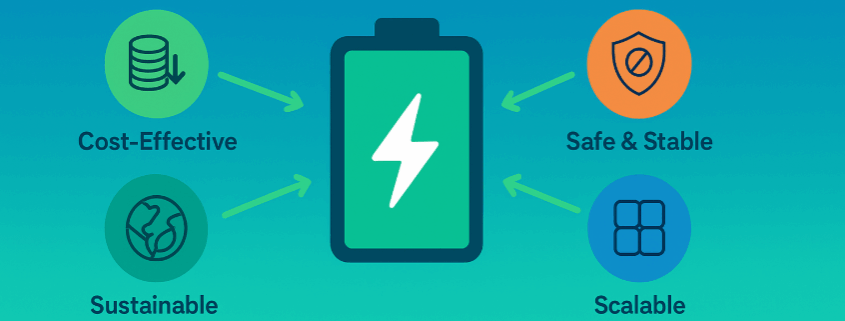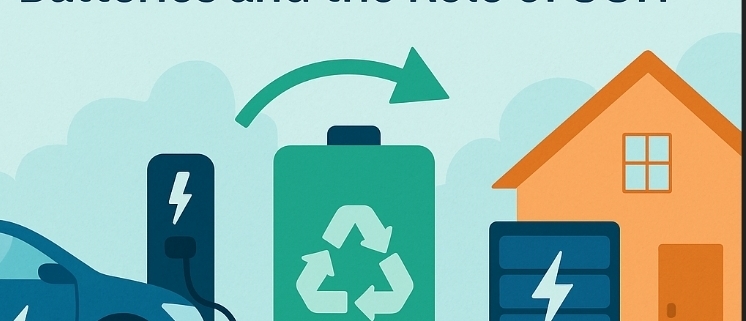UL 9540 Certification for Energy Storage Systems: Complete Guide
As the demand for clean energy grows, energy storage systems (ESS) are playing a crucial role in stabilizing the grid and enabling renewable integration. With safety and compliance at the forefront, UL 9540 certification has become the global benchmark for energy storage systems.
In this guide, we’ll explain what UL 9540 is, why it matters, and how it ensures the safety of battery energy storage systems (BESS).
What is UL 9540?
UL 9540 is the Standard for Safety of Energy Storage Systems and Equipment, developed by Underwriters Laboratories (UL). It sets the requirements for the safe design, construction, installation, and performance of energy storage systems.

This standard covers:
- Battery systems (lithium-ion, lead-acid, flow batteries, etc.)
- Power conversion systems (PCS)
- Control and protection systems
- Thermal management
- Fire safety measures
By meeting UL 9540 certification, an ESS demonstrates that it can operate safely under normal and fault conditions.
Why UL 9540 Certification is Important
Energy storage systems involve high energy densities, complex electronics, and thermal risks. UL 9540 provides a structured safety framework that:
- Prevents fire hazards through strict testing protocols.
- Protects end-users by ensuring reliable and safe operation.
- Simplifies compliance with local building and fire codes.
- Supports market acceptance by meeting utility, AHJ (Authorities Having Jurisdiction), and global standards.
Without UL 9540, energy storage projects may face delays, higher insurance costs, or rejection from local authorities.
Key Components of UL 9540

UL 9540 certification is not just a single test. It integrates results from multiple safety standards, including:
- UL 1973 – for battery modules and packs.
- UL 1741 – for inverters and power conversion systems.
- UL 9540A – for thermal runaway fire propagation testing.
Together, these ensure the system-level safety of the ESS.
The UL 9540 Certification Process
The certification involves a step-by-step process:
- Application & Documentation
Manufacturers submit system specifications, schematics, and safety features. - Component Verification
Sub-systems like batteries, PCS, and BMS must comply with relevant UL standards. - System-Level Testing
The complete ESS is evaluated for electrical, mechanical, and thermal safety. - UL 9540A Fire Test (if required)
Evaluates thermal runaway risks and fire propagation between cells/modules. - Factory Audits & Quality Checks
Ensures consistent production safety.
Benefits of UL 9540 Certification
For manufacturers, developers, and customers, UL 9540 offers clear benefits:
- Market access – Approved by U.S. and international authorities.
- Insurance acceptance – Reduces risk premiums.
- Customer trust – Proof of safe and reliable operation.
- Regulatory compliance – Helps meet building codes like NFPA 855.
UL 9540 vs. UL 9540A
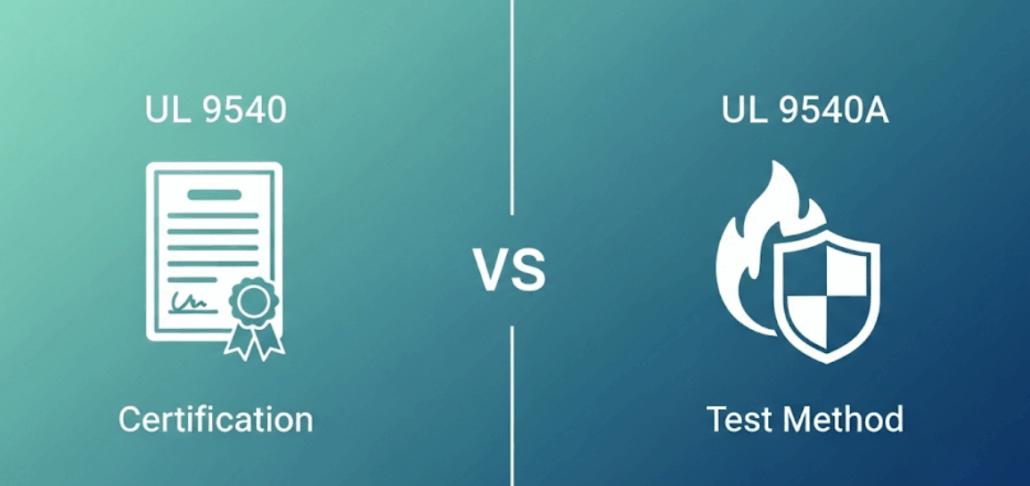
It’s common to confuse UL 9540 with UL 9540A.
- UL 9540 → System-level safety certification.
- UL 9540A → Fire safety test method to evaluate thermal runaway and propagation.
In practice, many jurisdictions require both UL 9540 certification and UL 9540A test reports before granting project approval.
👉 You can read our in-depth article on UL 9540A Test Method to understand how fire safety testing complements UL 9540 certification.
Applications of UL 9540 Certified Systems
UL 9540 certified systems are used across various industries:
- Commercial & Industrial facilities – backup power and peak shaving.
- Residential ESS – safe home battery storage.
- Utility-scale projects – grid balancing and renewable integration.
- Microgrids – reliable off-grid power supply.
Challenges in Achieving UL 9540 Certification
While critical, certification is not always easy. Common challenges include:
- Cost and testing timelines – Full certification can take months.
- System design complexity – Integrating batteries, PCS, and controls safely.
- Evolving standards – New revisions often add requirements.
Manufacturers must work with experienced certification partners to streamline the process.
Future of UL 9540
As energy storage technology evolves, UL continues to update its standards. Upcoming editions are expected to address:

- Hydrogen detection systems
- Enhanced rooftop installation guidelines
- New battery chemistries (like sodium-ion and solid-state)
Staying aligned with these updates will be key for manufacturers and developers.
Conclusion
UL 9540 certification is the cornerstone of safety for energy storage systems. It combines multiple safety evaluations, ensures compliance with fire codes, and builds confidence among regulators, insurers, and end-users.
For anyone developing or deploying ESS solutions, UL 9540 is not optional—it’s essential.
👉 Learn more about how we support certification-ready solutions at Sunlith Energy.
FAQ: UL 9540 Certification
Q1. What does UL 9540 cover?
UL 9540 covers the safety of energy storage systems, including batteries, power conversion systems, and fire safety measures.
Q2. Is UL 9540 mandatory?
While not always legally required, many local codes and utilities demand UL 9540 certification for permitting and grid connection.
Q4. How long does certification take?
Depending on system complexity, UL 9540 certification can take 3–12 months.
Q5. Can older ESS be retrofitted for UL 9540?
Yes, but it may require re-testing and upgrades to meet safety standards.






